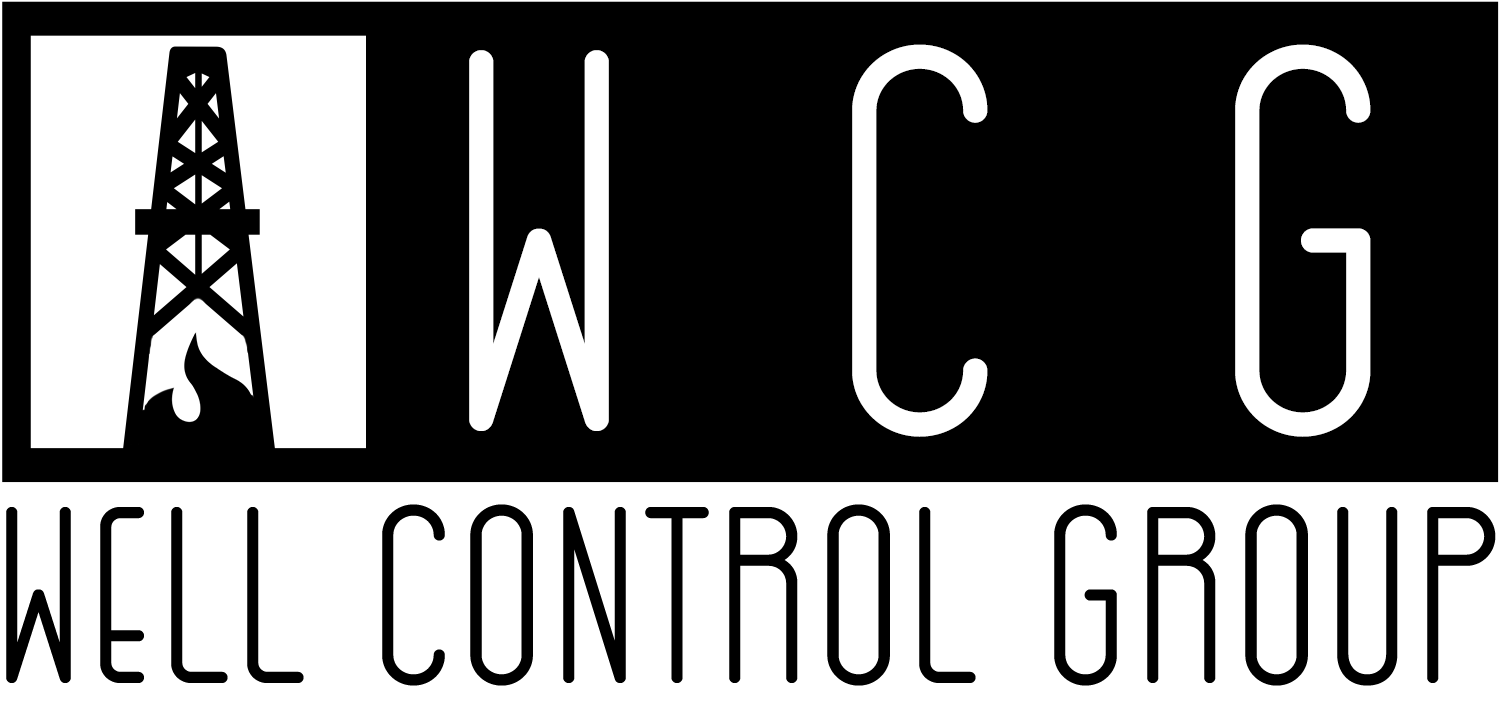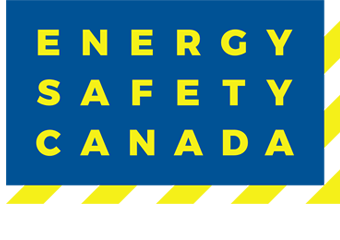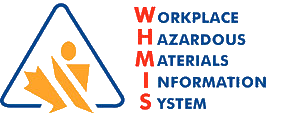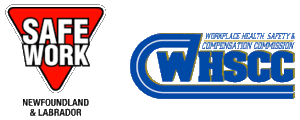Rigging and Slinging
This safety course is offered on a regular basis at our Safety Training facility in Mount Pearl, Newfoundland
TO REGISTER FOR THIS COURSE, A CANDIDATE NEEDS TO PROVIDE
A valid email address.
Introduction
This course is designed to familiarize workers with basic Rigging and Slinging concepts, the proper uses of slings and associated rigging equipment as well as the proper pre-use inspection procedures for rigging equipment. Safe Rigging Practices as well as load weight estimation and the importance of proper sling angles are also covered in order to give participants the skills needed to safely preform the job of Rigger/Signaler/Banksman. Safe lifting practices and procedures making lifts with cranes as well as manually operated devices will also be demonstrated and practiced.
Course Information
Duration: 1 day course
Components: Theory and Practical
Course Outline
Chapter 1: Basic Rigging Concepts
• Questions to Insure Safe Rigging Operations
• Duties & Responsibilities
• Qualified Inspector
• Qualified Rigger
• Qualified Operator
• Static or Dynamic Load Rating
• Lifting
• Hand Signals
• Review
Chapter 2: Rigging Gear & Inspection Criteria
• Wire Rope Sling
• Rigging Components
• Synthetic Web Slings
• Inspection
• Review
Chapter 3: Putting Slings to Work – Hitch, Capacity, & Hardware Selection
• Personal Protective Equipment
• Rigging Fundamentals
• Hardware
• Chain Slings
• Synthetic Web Slings
• Determining Factors
• Safe Operating Practices and Procedures
• Hoist Hooks
• Safe Rigging Practices
• Center of Gravity
• Review
Chapter 4: Safe Rigging Practices & Procedures for the Offshore Oil & Gas Industry
• Cargo
• Securing a Load
• Dynamic Load
• Operators and Riggers
• Hazardous Material
• Personnel Transfer
• Review
Exam
Practical
Practical component of Rigging and Slinging course consist of proper pre-use inspections and the proper rigging, moving and lifting of loads.




